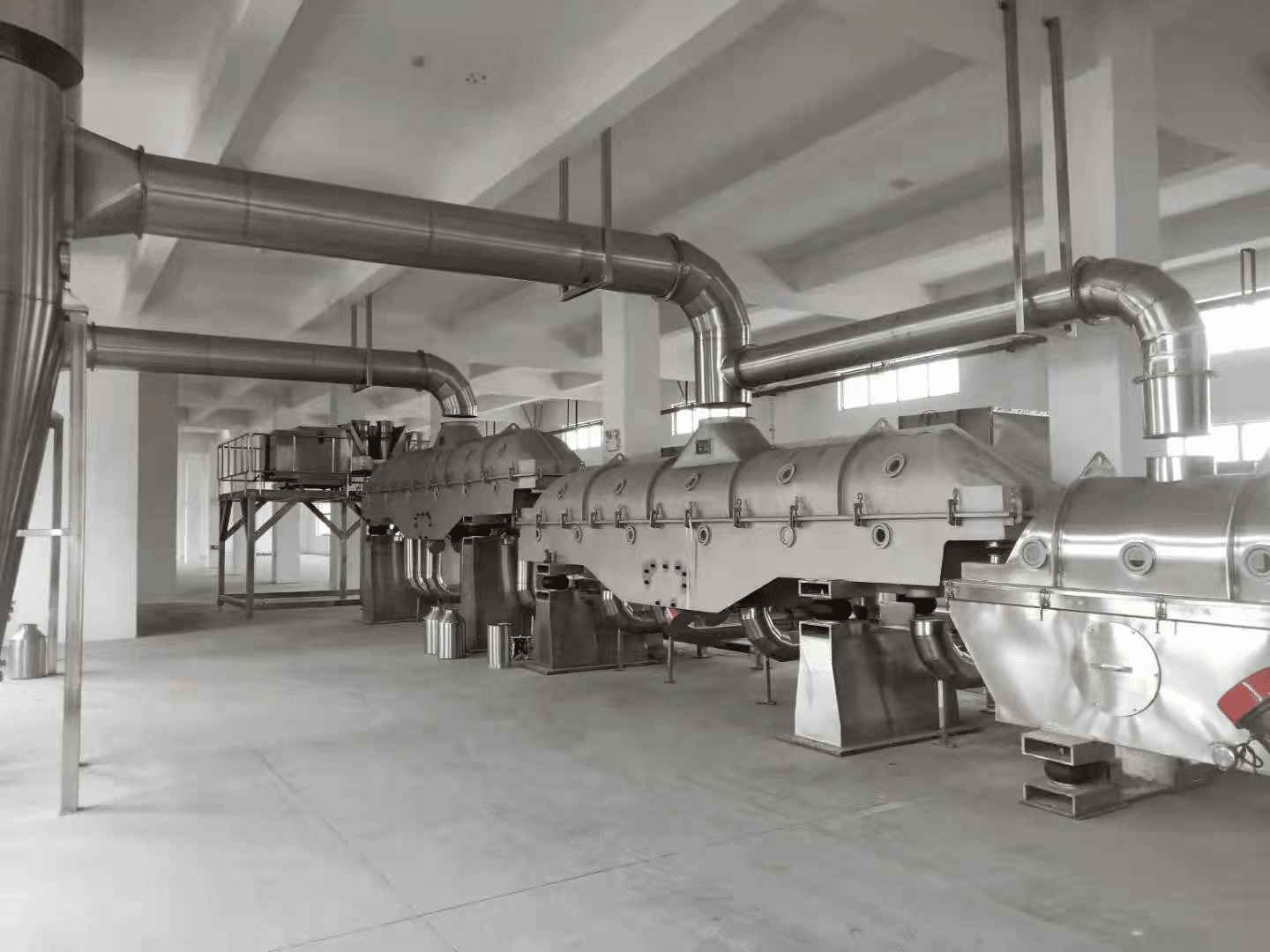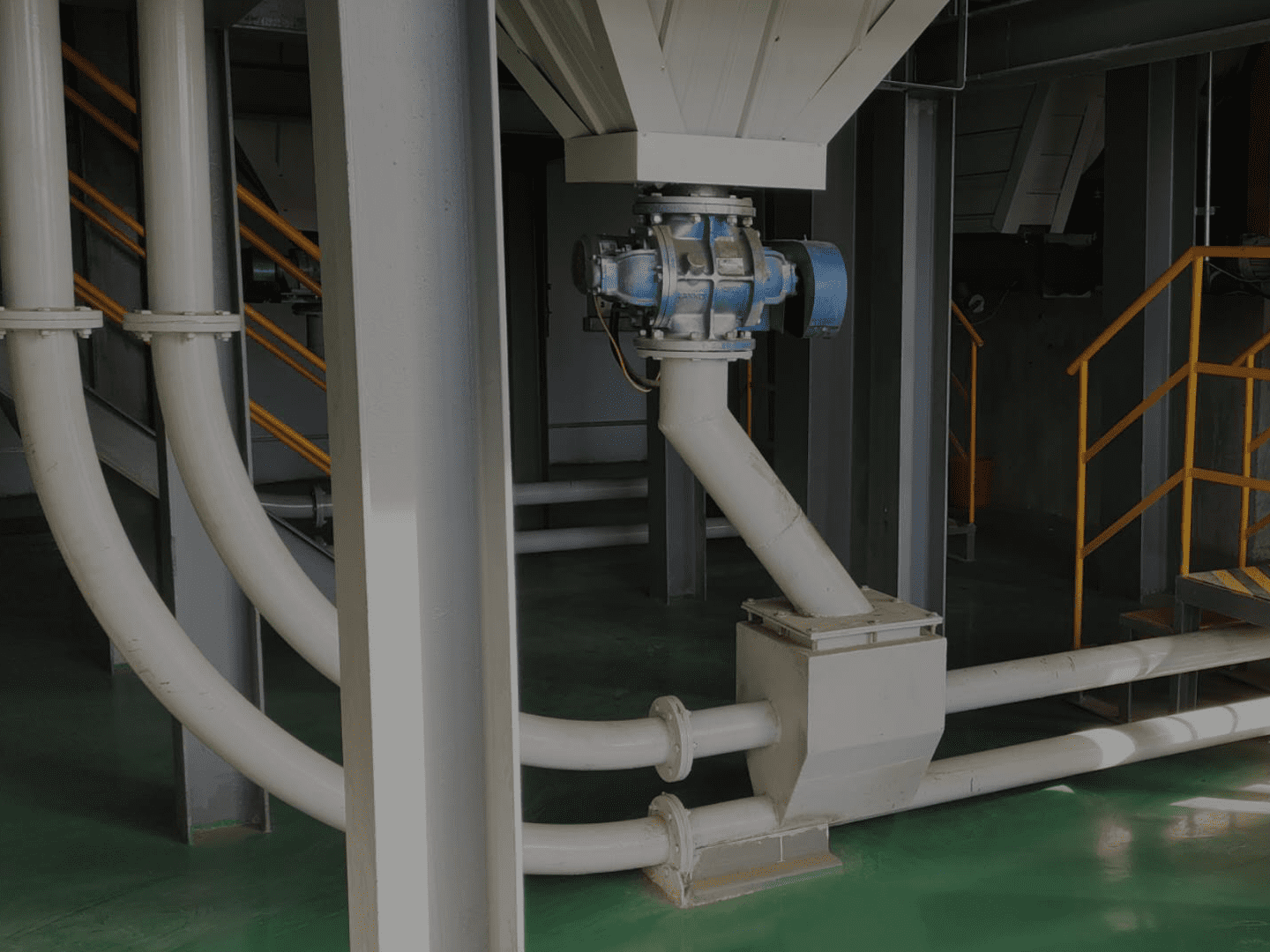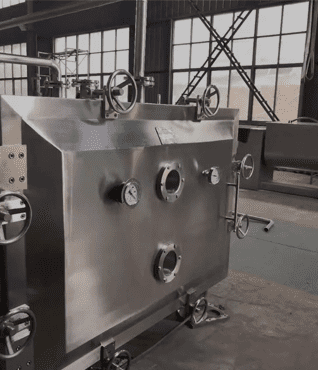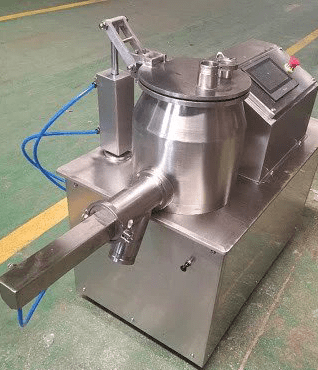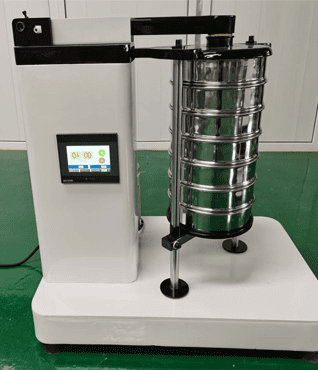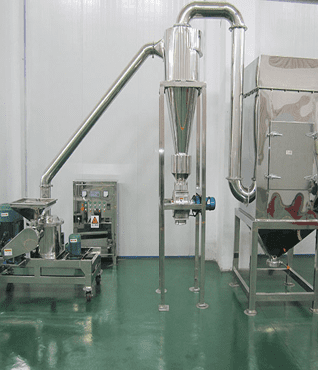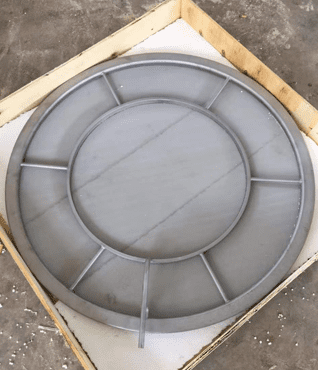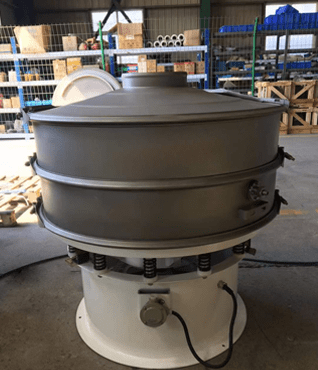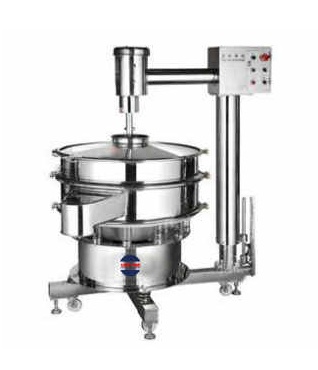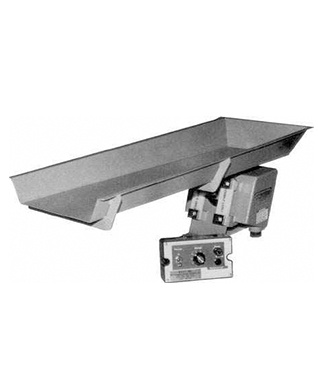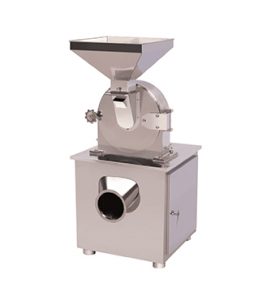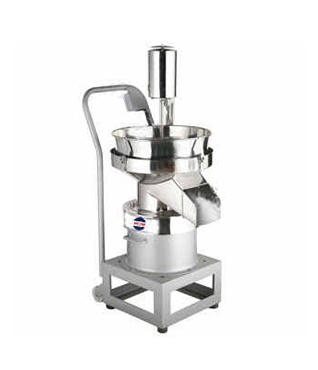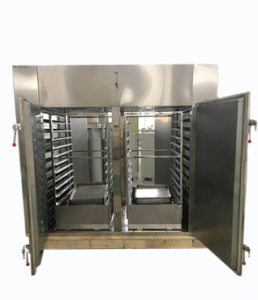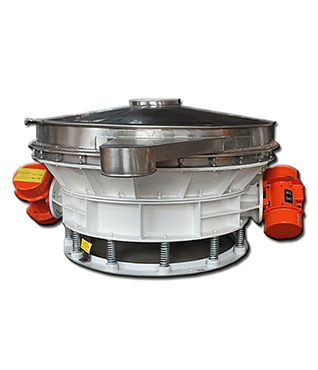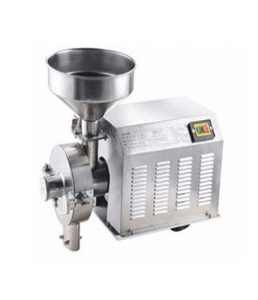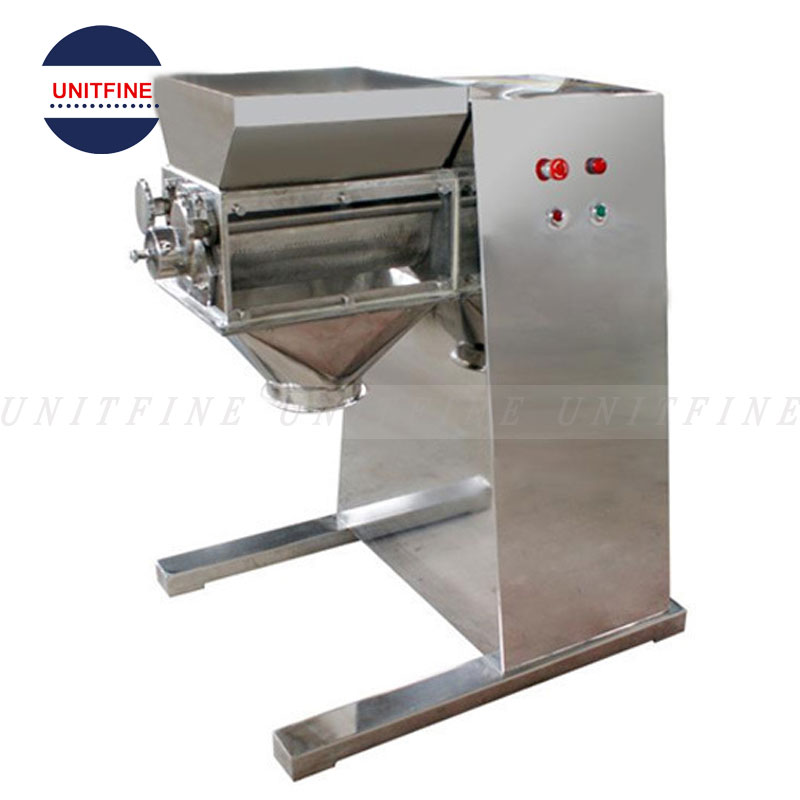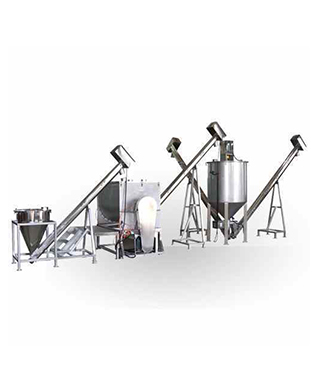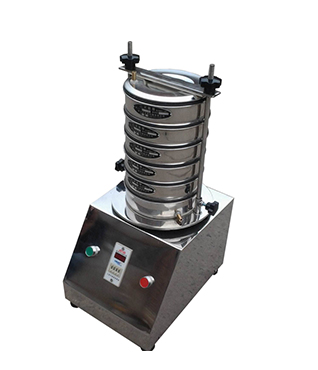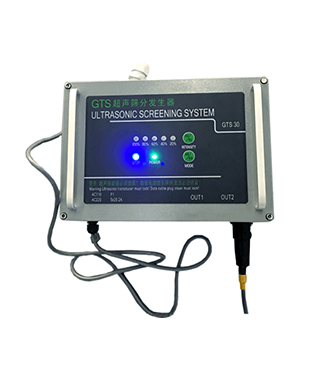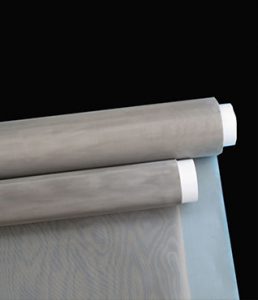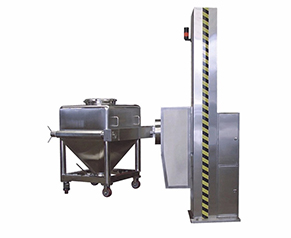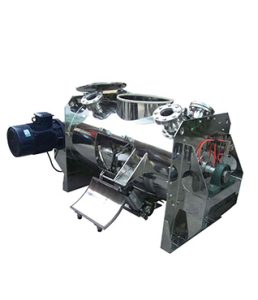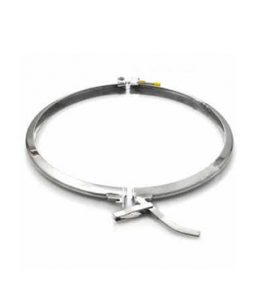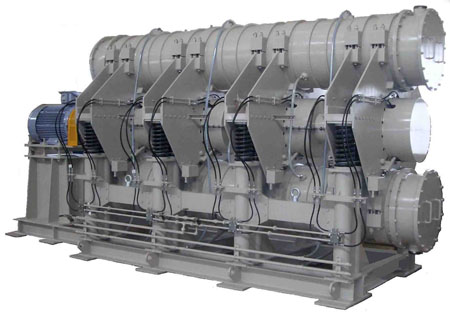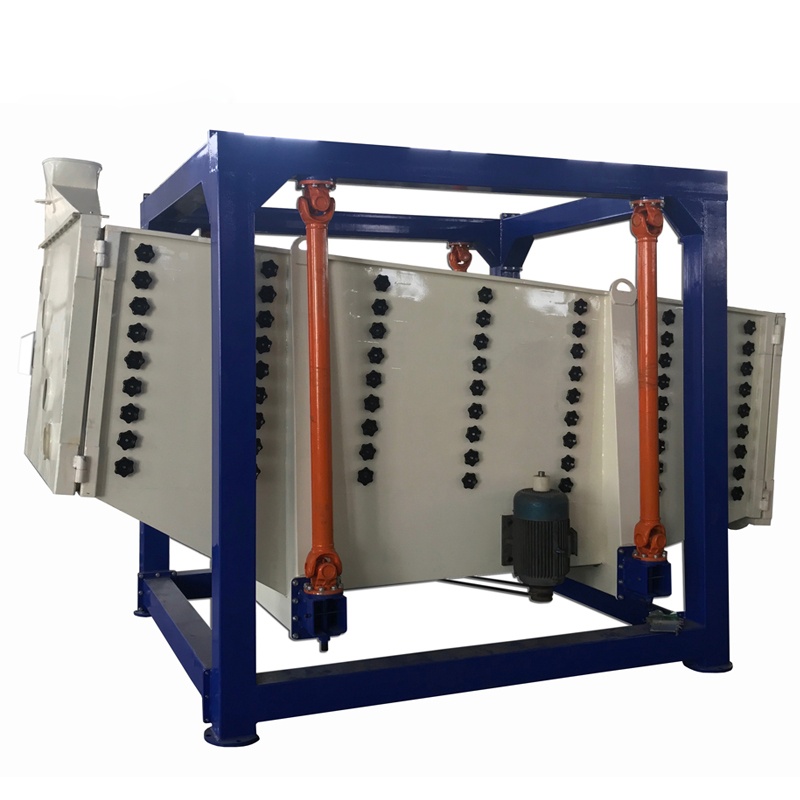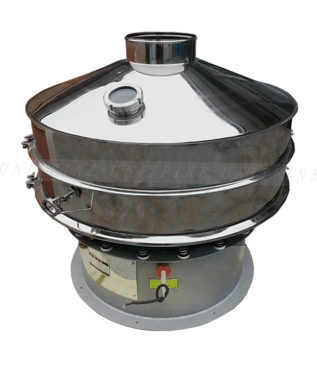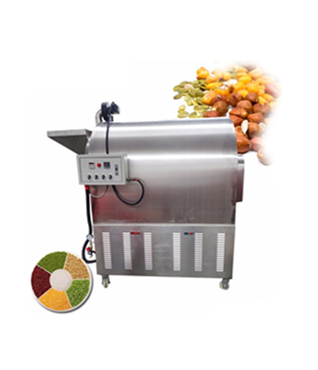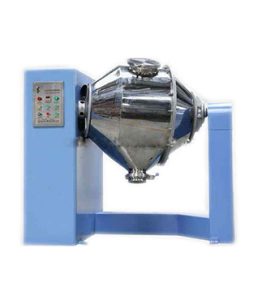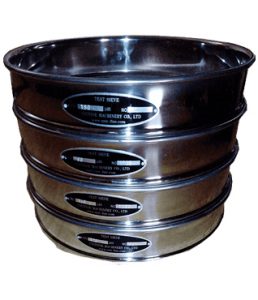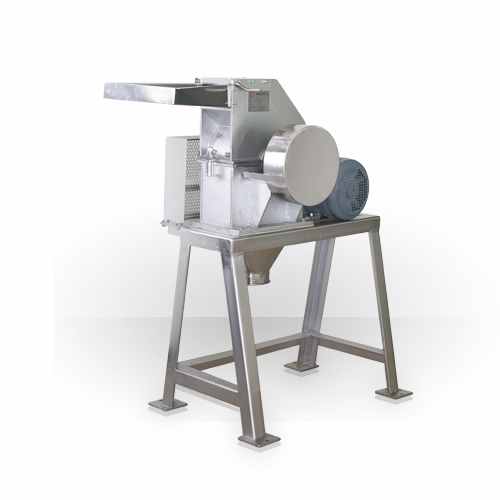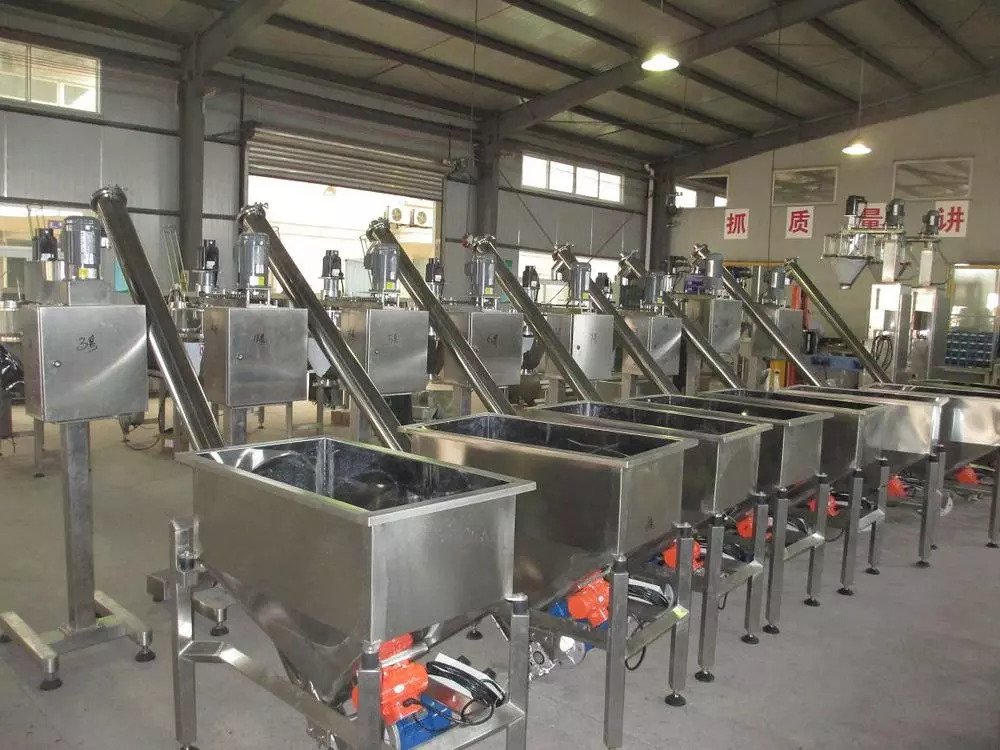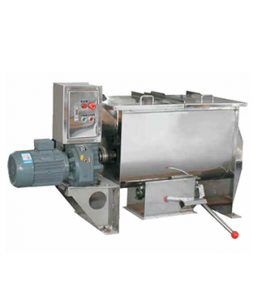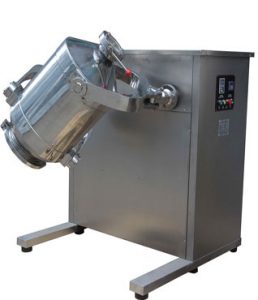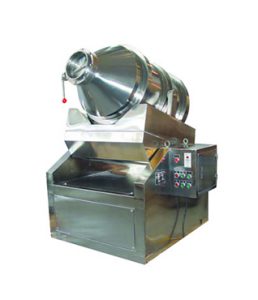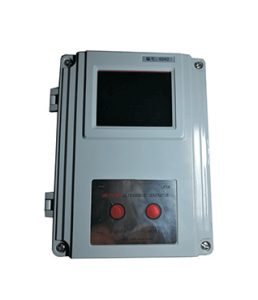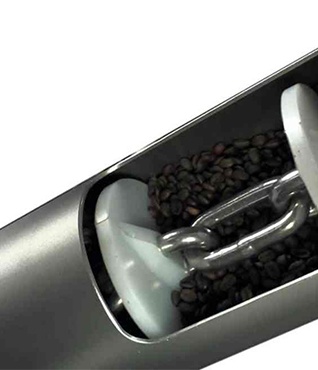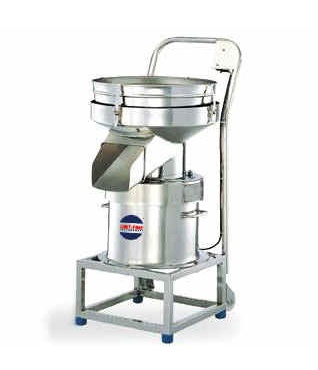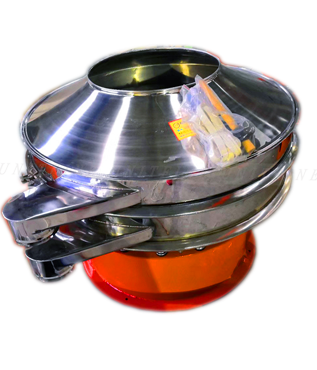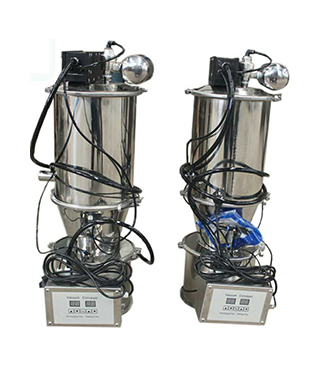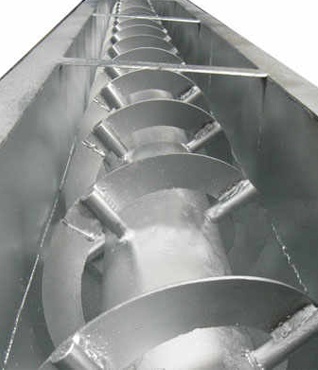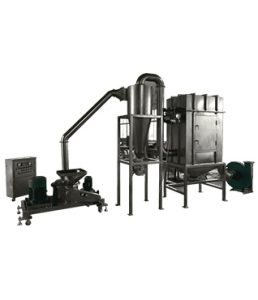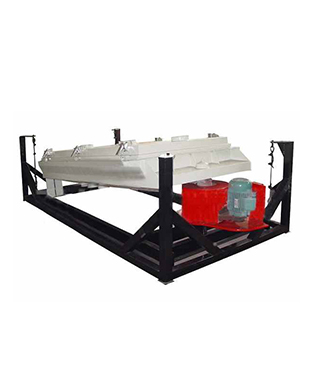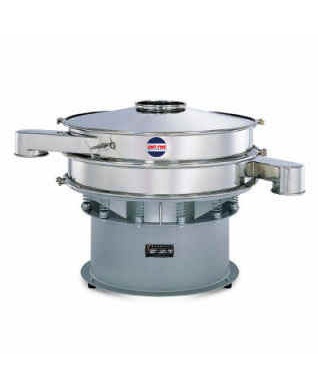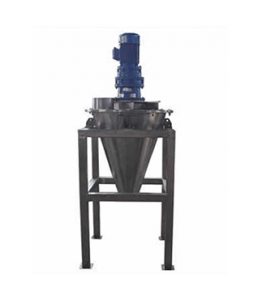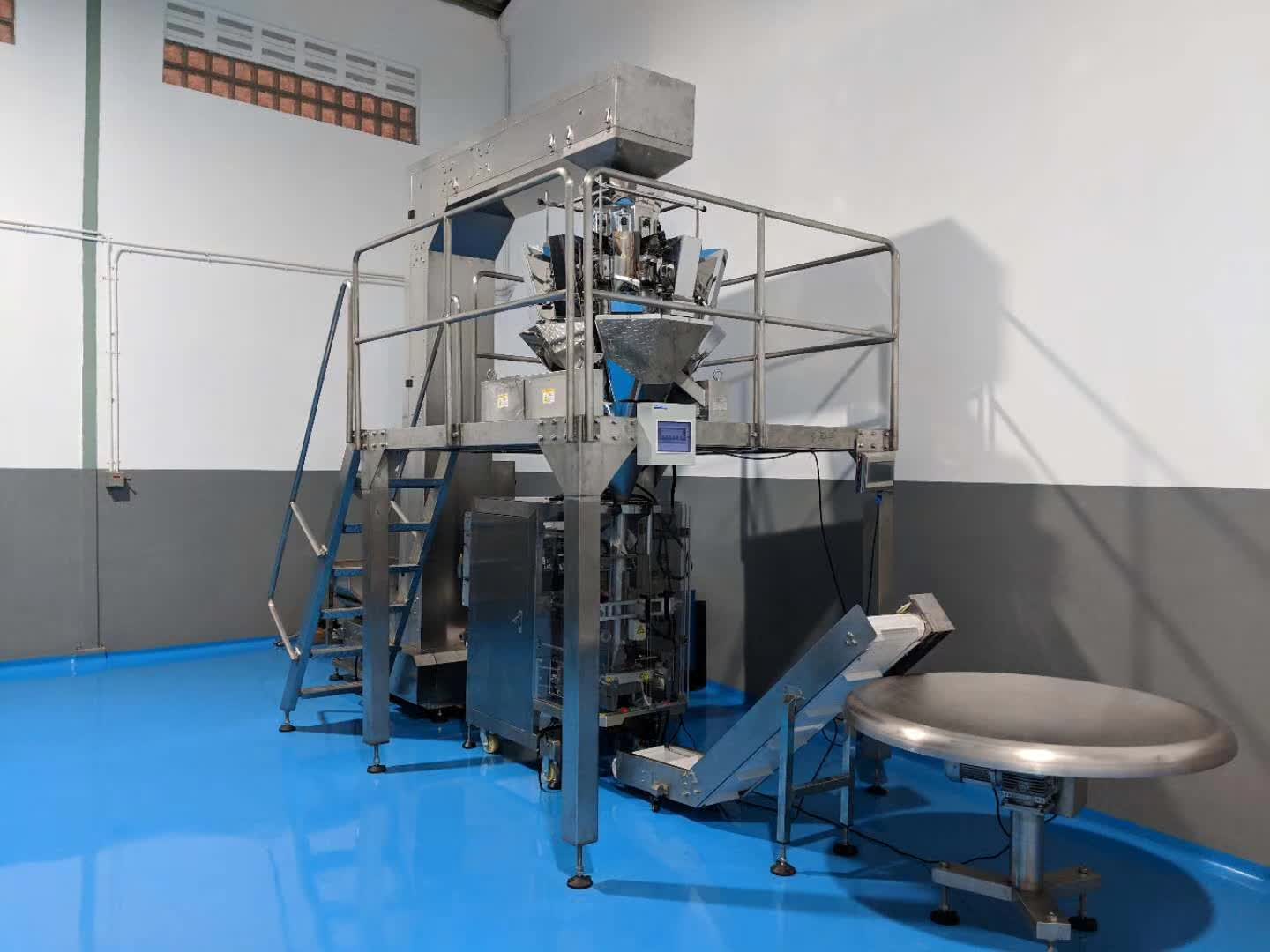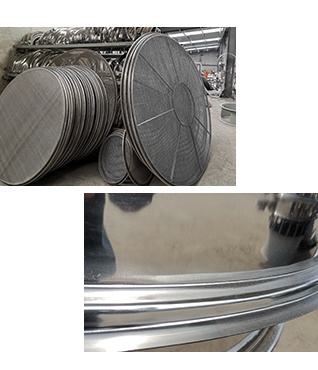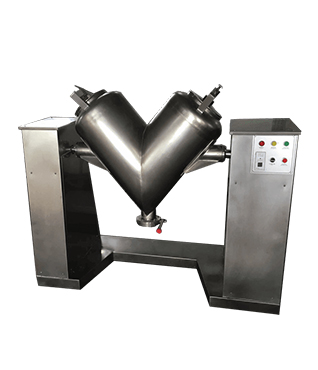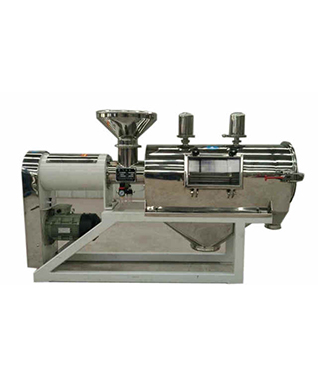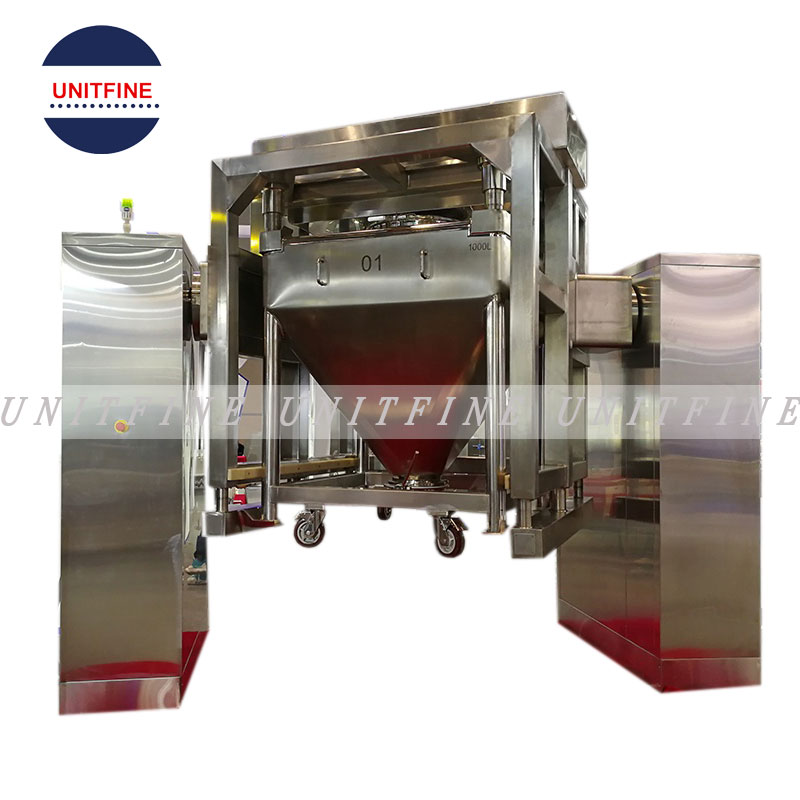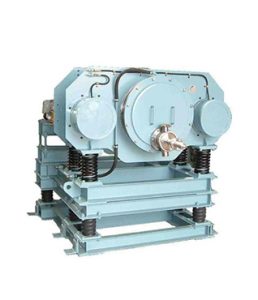An oscillating granulator is a type of pharmaceutical equipment used in the pharmaceutical industry for size reduction and granulation processes. It plays a crucial role in the preparation of granules, which are commonly used in tablet manufacturing. Here are some of the primary applications of an oscillating granulator:
Granulation: The main purpose of an oscillating granulator is to convert fine powder particles into uniform granules. This is essential in pharmaceutical manufacturing because granules flow more easily and uniformly, which leads to more consistent tablet production.
Tablet Compression: Granules produced by the oscillating granulator are often used as the feed material for tablet compression machines. The uniform granules ensure that tablets have consistent weight and content, which is essential for accurate dosing in pharmaceuticals.
Improving Flowability: Fine powders tend to have poor flow properties, making them difficult to handle and process. Granulating these powders using an oscillating granulator can significantly improve their flowability, making them easier to handle in subsequent manufacturing steps.
Dust Reduction: Fine powders can create dust during handling and processing, which can be a concern in pharmaceutical facilities due to cleanliness and safety reasons. Granules produced by an oscillating granulator are less likely to generate dust.
Blend Uniformity: Mixing active pharmaceutical ingredients with excipients is a common practice in tablet manufacturing. Oscillating granulators can be used to prepare uniform granules of this mixture, ensuring even distribution of the active ingredient throughout the tablet.
Drying and Lubrication: Granules produced by the oscillating granulator may undergo additional processing steps such as drying or lubrication to further improve their characteristics before tablet compression.
Reprocessing: In cases where a batch of tablets does not meet quality standards, the tablets can be broken down into granules using the oscillating granulator. These granules can then be reformulated and compressed into new tablets, reducing waste and improving product quality.
Controlled Particle Size Reduction: Oscillating granulators allow for precise control of particle size, making them suitable for producing granules with specific size distributions tailored to the requirements of different tablet formulations.
Overall, oscillating granulators are a valuable tool in pharmaceutical manufacturing, helping to ensure the production of high-quality tablets with consistent dosage and performance characteristics. Their versatility and control over granule size make them a crucial piece of equipment in pharmaceutical production facilities.




